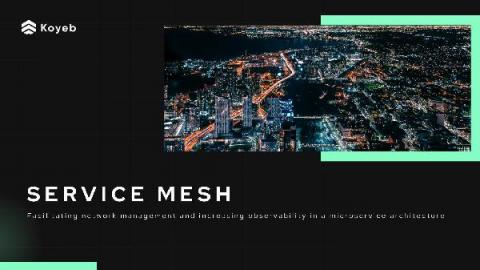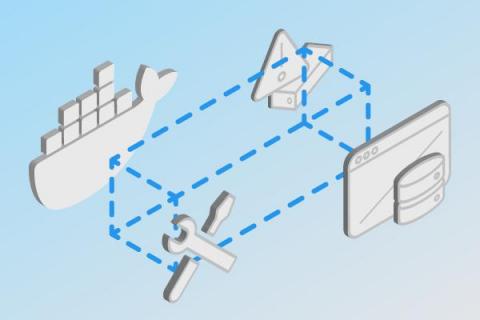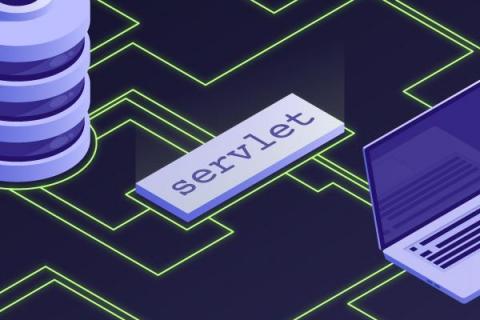Security Game Plan for Your Microservices Applications
The demand for digital transformation has accelerated, with 62% of technology leaders sharing that they fear they are at risk of being displaced by competitors who innovate more quickly. Enterprises are increasingly transitioning from monolithic to microservices architecture, with the goal to accelerate application development, speed up innovation and reduce time to market.











